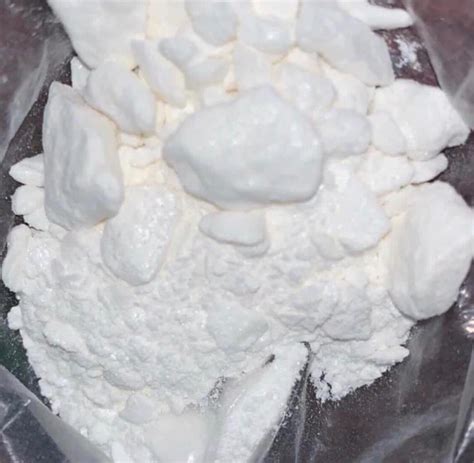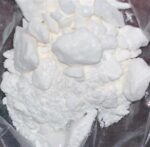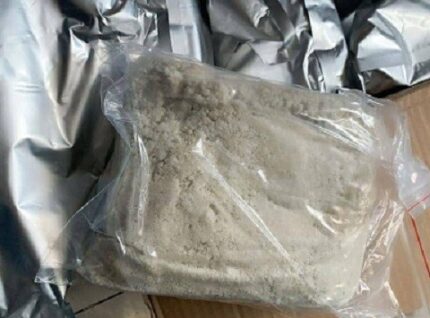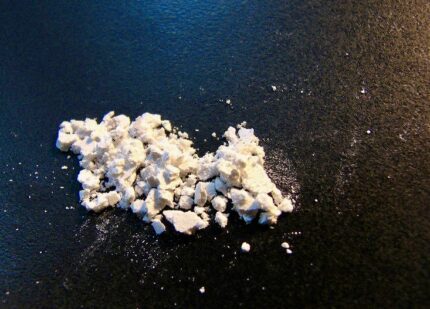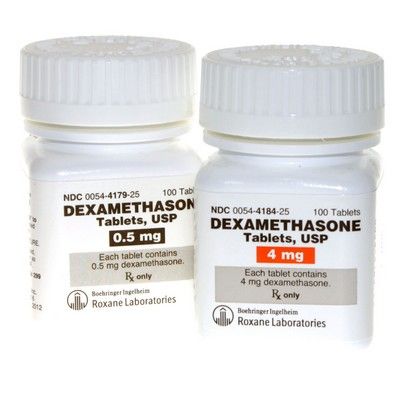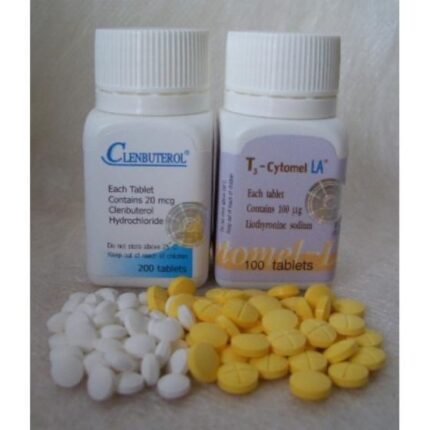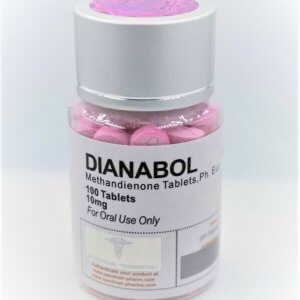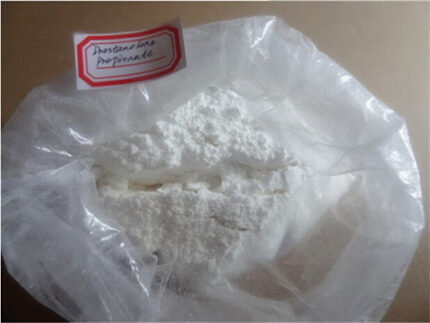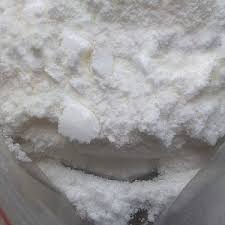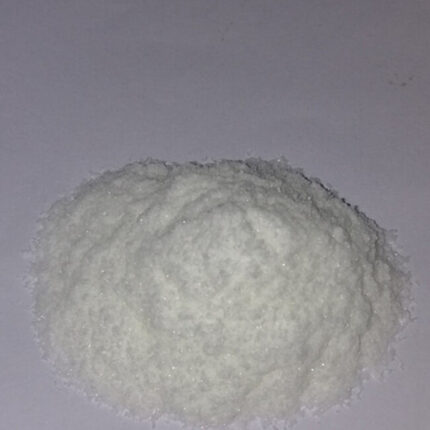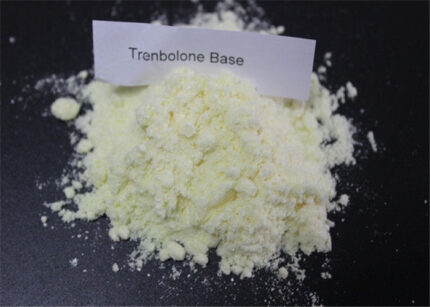Description
_x000D_
Buy DOC Online from Chemicals Pharm Store
_x000D_
_x000D_
Abstract
_x000D_
_x000D_
Buy DOC Online /Designer drugs appear to be increasing in popularity because of the ease of obtaining these constituents, the lack of ability to identify the substance(s) in routine drug screening, the appeal of the drug(s) being ‘safe’ due to them being marketed as a ‘legal high’ and possibly due to stronger restrictions that are being placed on prescription drugs. As components of designer drugs are identified and regulated by the DEA, new constituents, or analogs, of these designer drugs are being manufactured to circumvent legislation. 2,5-Dimethoxy-4-chloroamphetamine (DOC) is a substituted alpha-methylated phenethylamine and acts as a selective serotonin receptor partial agonist. There is limited literature on this particular compound and no literature that attributes death to use of this drug alone. We present a case of a 37-year-old male found at home lying face down next to a book titled ‘Psychedelic Chemistry’ by Michael Valentine Smith and in the early stages of decomposition. The decedent was a known methamphetamine abuser. A peripheral blood sample collected at autopsy was sent to toxicology for routine analysis. Results yielded negative for the drugs of abuse classes on the enzyme-linked immunosorbent assay screen but was positive for DOC during routine GC–MS analysis. A urine sample collected at autopsy was subjected to a routine urine liquid/liquid analysis via GC–MS, and the specimen was positive for DOC. Quantification analyses showed DOC concentration levels to be 377 ng/mL in iliac blood; 3,193 ng/mL in urine; 3,143 ng/g in liver and 683 ng/g in brain. DOC was not detected in the gastric contents. Caffeine was the only other compound detected in blood and urine. Due to the lack of literature, we believe that this is the first case where death can be attributed to DOC alone.
_x000D_ _x000D_
_x000D_
Buy DOC Online / Order DOC Wholesale / Retail Supplies Usage.
_x000D_ _x000D_
_x000D_
_x000D_
Issue Section:
_x000D_ Articles_x000D_ _x000D_
_x000D_
_x000D_
Introduction
_x000D_
Best place to buy DOC Online /Designer drugs appear to be increasing in popularity because of the ease of obtaining these constituents, the lack of ability to identify the substance(s) in routine drug screening, the appeal of the drug(s) being ‘safe’ due to them being marketed as a ‘legal high’ and possibly due to stronger restrictions that are being placed on prescription drugs. 2,5-Dimethoxy-4-chloroamphetamine (DOC) is a substituted alpha-methylated phenethylamine and acts as a selective serotonin receptor partial agonist. The psychedelic effects are suspected to act on the 5-HT2A receptor with effects, as described by Alexander Shulgin, ‘to include visuals and interpretive problems with knowing just where you are (1).’ DOC was presumably first synthesized by Alexander Shulgin and is presented in his PIHKAL book as entry #64 DOC. Shulgin classifies DOC as an archetypal psychedelic, which he further defines as a certain drug that allows for increased personal insight and expansion of one’s mental and emotional horizons (1). We present case circumstances, evidence collected at the scene and the results of the toxicology analysis so that other laboratories are aware of and can properly identify this particular compound that is being marketed as a designer drug. There is limited literature on this particular compound and no literature that attributes death to use of this drug alone. Due to the lack of literature, we believe that this is the first case where death can be attributed to DOC alone.
_x000D_ _x000D_
High Quality DOC Online History .
_x000D_ _x000D_
Case history
_x000D_
Where can i buy buy DOC Online ?A 37-year-old male was found at home lying face down next to a book titled ‘Psychedelic Chemistry’ by Michael Valentine Smith and in the early stages of decomposition. The decedent was a known methamphetamine abuser and various drug paraphernalia was found at the scene. The evidence that was collected and submitted for testing included 2-fluoromethamphetamine, 4-fluoromethamphetamine, 4-fluoroamphetamine, 5-iodo-2-aminoindane, ethylphenidate, aluminum sulfate, a substance that tested positive for mitragynine, and another substance that tested positive for methylethcathinone. The first six bags of evidence collected were purchased online from a company in China and the label stated ‘For NMR testing purposes only. Not for in vivo testing. Do not consume.’ The other two substances were in unlabeled bags at the residence. Additionally, two other bags were collected and they were labeled Green Riau and Green Malay. Both substances were identified as a form of Kratom. The findings at autopsy included pulmonary edema and a subgaleal hemorrhage on the right parietal scalp.
_x000D_ _x000D_
Materials and methods
_x000D_
Whole blood, urine, gastric contents and tissues were collected at autopsy and sent to toxicology for analysis. A whole blood iliac sample was collected in a 10-mL gray top BD Vacutainer tube (BD; Franklin Lakes, NJ, USA) containing 100 mg sodium fluoride/20 mg potassium oxalate preservative and subjected to routine testing of the laboratory, which includes a volatile screen by gas chromatography using flame ionization detection (GC/FID), an abused drug screen by enzyme-linked immunosorbent assay (ELISA), which screens for 12 classes of drugs including amphetamines and methamphetamine, and a basic/acidic/neutral drug screen by gas chromatography–mass spectrometry (GC–MS). The urine sample was collected in a 10-mL red top BD Vacutainer tube (BD) that has no preservative and was subjected to routine analysis via GC–MS. The iliac blood that was collected at autopsy in a 6-mL purple top BD Vacutainer tube (BD) containing 10.8 mg K2 EDTA preservative was analyzed on the GC–MS upon positive identification during routine testing, and quantification values were obtained from this tube of blood. The quantification values from the blood, liver, brain and urine were obtained using an established GC–MS sympathomimetic amine (SMA) method in selected ion monitoring (SIM) mode. The gastric contents were subjected to analysis via GC–MS, operated in full-scan mode, upon identification of DOC in the blood and urine.
_x000D_ _x000D_
_x000D_
_x000D_
_x000D_
_x000D_
_x000D_
Determination of DOC
_x000D_
A certified reference standard for DOC was ordered from Cayman Chemical Company (Ann Arbor, MI, USA), and MDA-d5 (internal standard) was ordered from Cerilliant® (Round Rock, TX, USA). Acetonitrile (ACN, HPLC-grade), methanol (HPLC-grade), ammonium hydroxide, methylene chloride (dichloromethane), 2-propanol (isopropanol, HPLC-grade) and sodium phosphate monobasic monohydrate (crystalline) were all purchased from Fisher Scientific (Pittsburgh, PA, USA). Sodium phosphate dibasic (anhydrous powder) was purchased from J.T. Baker Chemical Company (Phillipsburg, NJ, USA). De-ionized water was obtained from a Direct-Q UV3 water purification system (Millipore Corporation, Billerica, MA, USA). Heptafluorobutyric anhydride (HFAA or HFBA) and the clean screen extraction columns were ordered from United Chemical Technologies (UCT, Bristol, PA, USA). Drug-free bovine whole blood was obtained from the Herman Falter Packing Company (Columbus, OH, USA). Certified human drug-free urine with no preservatives was obtained from UTAK Labs (UTAK Laboratories, Inc., Valencia, CA, USA).
_x000D_ _x000D_
_x000D_
_x000D_
_x000D_
_x000D_


